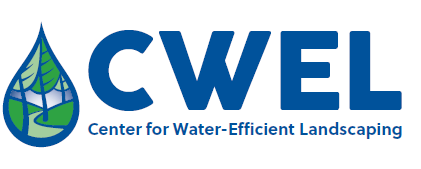Flowering responses of selected annual bluegrass.(Poa annua L.) under different photoperiod and cold treatments
Document Type
Article
Journal/Book Title/Conference
Crop Science
Volume
37
Issue
5
Publisher
Crop Science Society of America
Publication Date
1997
First Page
1543
Last Page
1547
Abstract
Poa annua L. turf on golf courses is often criticized for persistent flowering, even under low mowing heights. But in fact, P. annua genotypes exhibit wide variation in their flowering characteristics. This study was conducted in greenhouse and growth chamber environments during 1994 and 1995 at the University of Minnesota to test for photo-period requirements for floral induction and development. The five P. annua genotypes studied ranged from a true annual type to strongly perennial forms. Photoperiod effects were investigated without prior cold treatment, during cold treatment, and after cold treatment requirements had been satisfied. Cold treatments were 4°C for 12 wk. The annual type (UM2283) was not responsive to cold treatments and is day-neutral. In the absence of a cold treatment, one perennial genotype (UM234) was induced in long days (16 h), two perennials (UM42, UMl17) were induced to flower in short days (8 h), and one perennial (UM184) was not induced in either. Ninety minute night breaks during a 16-h dark period were effective in producing the long-day responses. Photoperiod did not affect the cold treatment response at 4°C. Floral development after 4°C cold treatment was generally favored by long days (16 h), but is genotype dependent. Photoperiodism is associated with perenniality in P. annua, and may be important in the selection pressures caused by management practices golf course environments. Selection for longer cold treatment requirements and less induction in short days (8 h) may reduce the amount of flowering a genotype would exhibit in a turf stand.
Recommended Citation
Johnson, Paul G. and White, D. B., "Flowering responses of selected annual bluegrass.(Poa annua L.) under different photoperiod and cold treatments" (1997). CWEL Publications. Paper 26.
https://digitalcommons.usu.edu/cwel_pubs/26


